
Foot corns are a type of calluses, which means they are basically accumulations of dead skin. They are rather painful and unsightly and most people decide to remove them through various methods.
What are foot corns
Foot corns are areas of thickened skin which consist of dead skin cells. The layers of dead skin which form a callus or a corn which usually appear on or between the toes, on the soles of the feet or on the top of the feet. They can appear on hands as well, although they are much more common on feet.
The main cause of foot corns is friction. The friction usually results from ill-fitting footwear or from improver walking and weight distribution. Corns are sometimes associated with bursitis, which is a disease in which small sacs of synovial fluid form in the body.
Corns that appear between the toes are called soft corns, because they are softer than those on the other parts of the feet, but can be just as painful.
How to remove foot corns
There are several possibilities for foot corn removal. One of the basic methods, which also works as a preventive method, is the use of softer insoles in shoes. This will reduce the constant friction and the pressure against the skin, which will lead to much less pain. This method is a bit time-consuming and requires patience, as the corn will not disappear overnight.
Rubbing the corn with pumice stone is one of the best and most popular methods for getting rid of corns. Pumice stone gradually removes layers of dead skin, until the corn is completely gone. This should be repeated at least once a day for several days. It is recommended to soak the feet in warm water before pumicing, so the skin becomes softer and easier to remove.
Those who want quick solutions can use one of many over-the-counter products and remedies for corns. They come in different forms, like liquid, gel, spray, plasters, pads and cushions. Many of them contain salicylic acid, which destroys the layers of dead skin.
Finally, corns can be removed by a doctor, in a surgical procedure. The procedure usually consists of excision of the corn and it can be done using a local anesthetic. Some amount of pain and bleeding can be expected once the effect of the anesthetic wears off. This option for corn removal is recommended for those who have tried other methods and remedies but with no success.


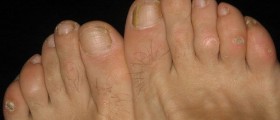
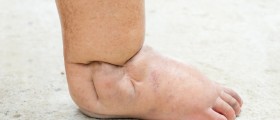
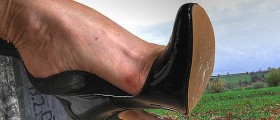


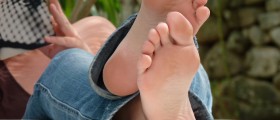
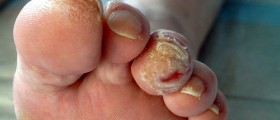

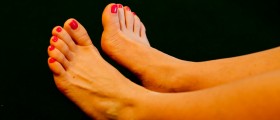
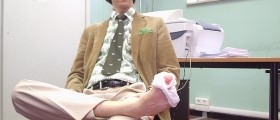

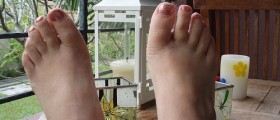
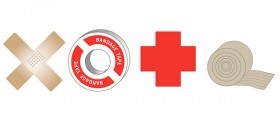

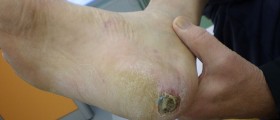
Your thoughts on this
Loading...